
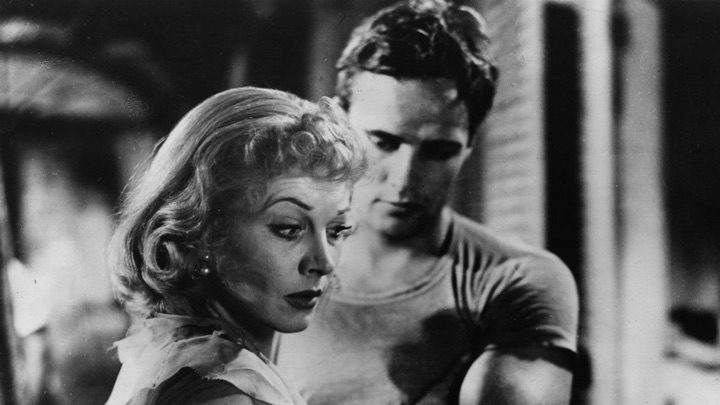
David Fox: I concur wholeheartedly—the iconic 1951 film of Streetcar seems greater to me with each successive viewing. Of course, the performances of all four stars have been justly praised to the skies (and we’ll join in shortly). But my biggest takeaway this time was how successful it is as a piece of filmmaking. From the very first shot—a train, seen at a distance, coming into the station in late dusk—director Elia Kazan signals something almost unheard of in film adaptations of stage plays: that opening up Streetcar will enhance, rather than detract from it. So, we experience the life of New Orleans in all its loud, garish, seductive bigness as Blanche does. (And what a brilliant stroke it is to have her deliver the opening lines to a handsome young sailor, which will resonate later in the harrowing, heartbreaking scene with the Young Collector.) Kazan, of course, has also been praised—as has the film score of Alex North. But one person who does not receive as much credit as he deserves is cinematographer Harry Stradling, who composes one magnificent image after another. (Watch for the frequent flickering lights, to which Leigh’s Blanche responds as if she’s seeing a ghost.)
CK: It was interesting to revisit Streetcar so soon after the film adaptation of Cat on a Hot Tin Roof, which we considered last month. There’s a lot to think about with regard to both, but while Cat is certainly entertaining and well-acted, to me it doesn’t even begin to approach the singular greatness of Streetcar. The other day, we touched on the value of this version being filmed in black-and-white, especially vis-a-vis the more recent adaptations. It also makes a big difference when you look at the striking technicolor of Cat just a few years later. Streetcar the film, like Streetcar the play, is all about evoking mood, and it’s done both dramatically and aesthetically. Also, unlike the mercilessly whitewashed Cat, I was astonished anew at how frank Kazan and Williams (and co-adapter Oscar Saul) managed to be in terms of subject matter.
DF: Indeed. I went into this having watched two other versions, which have the advantage of adhering to the text more strictly—including its most controversial aspects—and worrying that I would now find this film compromised for leaving them out. But in fact, I think it’s more the case, as you said, that it feels vivid and powerful. The full story of Blanche’s husband Alan is less explicit here, but there’s no doubt at all that he was gay—and that her rejection of him, which she quickly regretted, is responsible for his death. The rape scene is handled symbolically, with the shattering of a mirror standing in for the act itself—but again, the harsh reality is clear. The biggest rewrite—and it is indeed a revision—has Stella deciding to leave Stanley, with the clear implication that she believes Blanche’s account of the rape. About this, I’m of two minds. It does remove some of the shock and pain we should feel that Stanley is largely unpunished, though I’m sure it also sits better with contemporary audiences. (It’s been a few years since I taught Streetcar as a play to college students, and I wonder now if Williams’ original script would be a content warning beyond what many would tolerate?)
CK: I do think the revised ending is probably more palatable to a contemporary sensibility… and, to me, that’s the problem. I don’t believe that a young married woman, a new mother, at the time would act that way. I also think it removes—or, at least, softens—Stella’s culpability in Stanley’s treatment of Blanche.
DF: Fair enough. I still think the important takeaway—which I believe we agree about—is that despite some alterations, Streetcar the play comes through here, loud and clear. Shall we turn the performances now? I’d like to start with Kim Hunter, because I feel I undervalued her. Several other Stellas—Diane Lane, in particular—are very strong. But I think Hunter is at the very top, and far more complex than I gave her credit for. She does have a beatific quality, but she also conveys a strong sense of sexual attraction. (I also think it’s an interesting choice how often Stella is seen here wearing a slip.) In the most famous sequence of all—Marlon Brando as Stanley, wet and crying, calling out “Stella!”—he is, of course, the focus of attention. But watch Hunter as she descends the staircase, having literally and figuratively gotten the upper hand. It’s spine-tingling.
CK: Hunter’s performance knocked me out, for sure. Among other things, she doesn’t seem to have had quite the distinguished career one might have expected post-Streetcar, either on stage or screen. (I think for most people, she’s probably best-known either from Planet of the Apes or various soap operas, including Edge of Night.) She absolutely holds her own against Brando, Leigh and Karl Malden, and—as you said—communicates the character’s many levels. In addition to her forthright portrayal of Stella’s sexuality, she really makes the viewer understand her complicated relationship to Blanche—loving and tender, but with a current of bitterness and resentment running through.
DF: Malden similarly is superb. I admired Randy Quaid‘s Mitch (with Ann-Margret as Blanche), who brought a level of anger and cruelty which jolted me anew. But Malden has some of that under the surface, and in terms of evoking pathos, is really without peer.
CK: There’s hardly a performance here that isn’t first-rate—including in the smaller roles. Peg Hillias is an extremely spirited Eunice, and Wright King spot-on as the Young Collector.
DF: I was really transfixed by Hillias in her time on screen—she conveys a real sense of presence and power. I wish I knew more about her—there are only a couple of stage credits, but a pretty robust film and television career (I recall her distinctive look in Peyton Place) before she died at age 45.)
CK: When you think of this version of Streetcar, though, your mind goes to Brando and Leigh, and they do not disappoint. In the case of Leigh, I would say that if she doesn’t give the greatest screen performance of all time as Blanche DuBois, it’s definitely in the top five.
DF: It seems almost miraculous to me—in Leigh and Brando, we have two actors whose training and general approach could hardly be more different. Brando here recreates a role he did on stage with the same director (Kazan); Leigh also did it onstage, but in a different production, directed by… wait for it… her then-husband, Laurence Olivier. This could so easily have been a case of oil meeting water, but together Leigh and Brando seem utterly engaged. Her sense of effortlessness… the speed and lightness of her delivery… are among the greatest feats of screen acting I’ve ever seen. And at the same time, no actor has cut more deeply into Blanche’s descent.
CK: Leigh suggests an air of closely guarded secrets, and wavering mental capacity, with more delicacy than any actor I’ve ever seen in the role. Blanche’s unraveling feels both inevitable and shocking. The genuine vulnerability also supports Stella’s comment that Blanche was, and is, too tender and trusting for her own good. I’ve always found it astonishing how comfortable Leigh is on screen, given that her training and background was firmly in the theater; she really was a natural. (Of course, we could write a whole essay on life imitating art when it comes to her, but that’s for another day…)
DF: And of course… there’s Brando. Again, so much has been written and said, but just in the last few months, I experienced it in person. I was showing the opening of Streetcar in a class where we focused on iconic actors. My students, if they knew Brando at all, knew him from Godfather and Superman. When he arrives home in Streetcar and changes his t-shirt, there were literal gasps.
CK: I came of age when Marlon Brando was largely known as Michael Jackson’s obese friend, so I can understand the revelation of experiencing him as Stanley Kowalski for the first time. His performance is everything you could hope for from the character—seductive yet repellant, forceful but self-effacing when necessary. The confrontation between Brando and Leigh is as tense and disturbing as it should be.
DF: He’s also funny as hell. You don’t want to laugh, because you know it won’t end well—but every time he says, “the Napoleonic Code,” I giggle. Two particular things I want to say about him in Streetcar: every acting choice he makes is a surprise, while at the same time, totally right; and no other actor uses the camera more skillfully… and this is, for all intents and purposes, his first movie. Another miracle.
CK: If you haven’t seen Streetcar in a while, now’s a great time to revisit it. It’s streaming for free on the Turner Classic Movies app through June 9, and available to rent via YouTube.
DF: Sometimes—there’s God—so quickly!
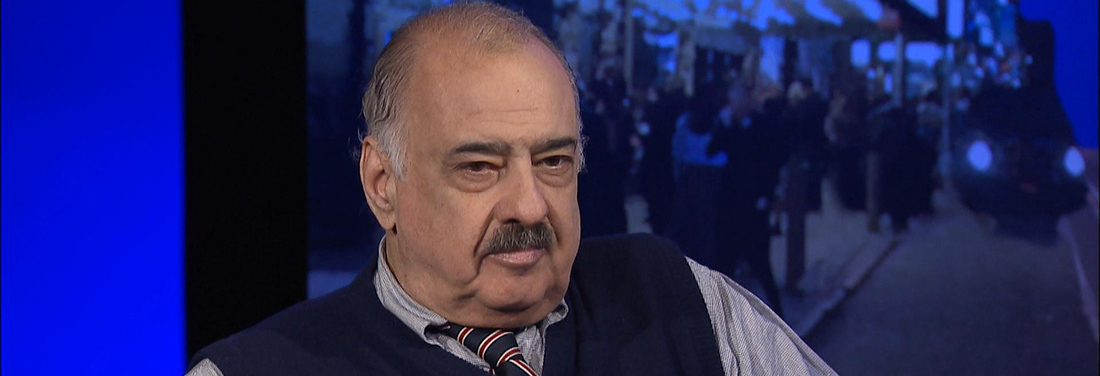
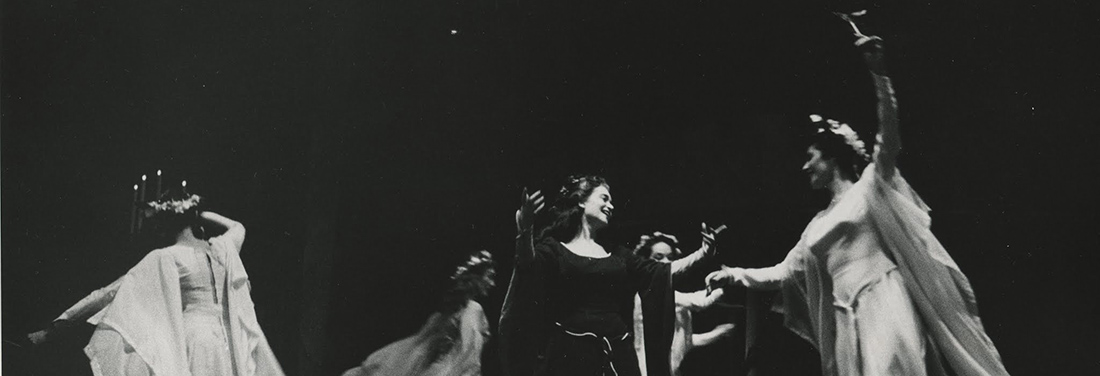
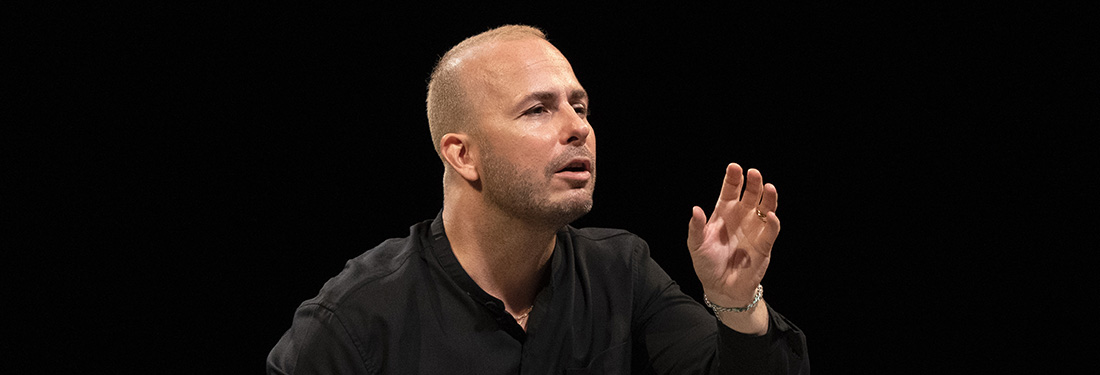
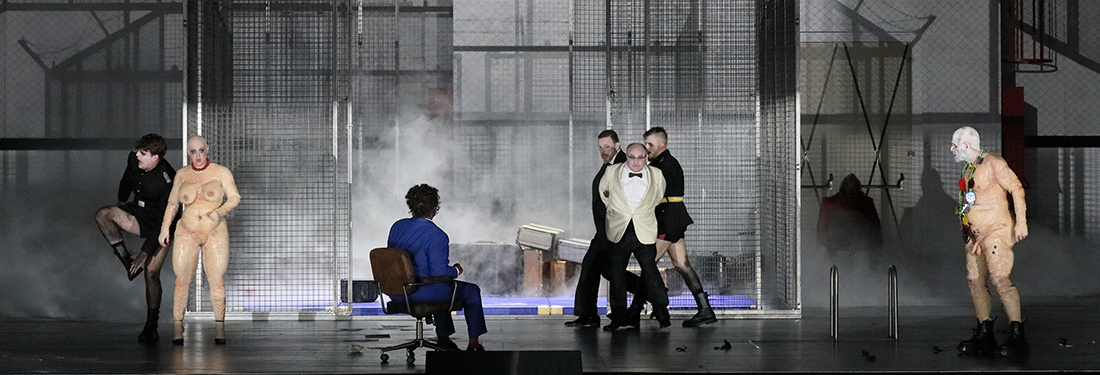

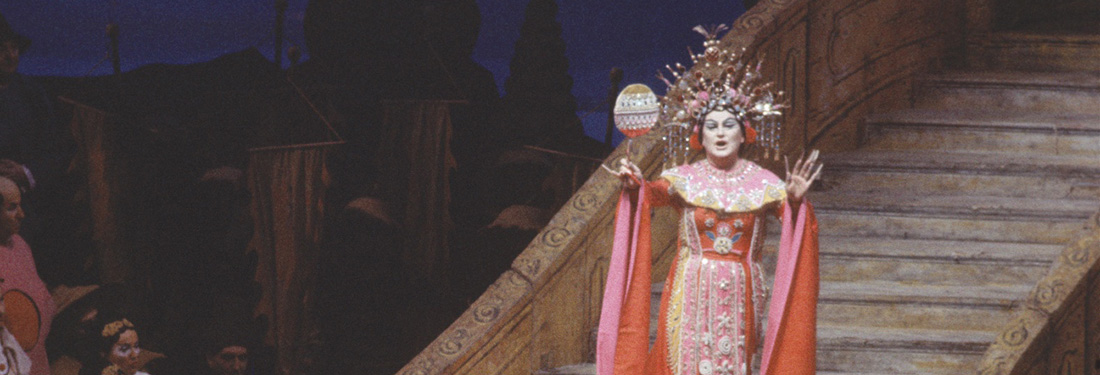

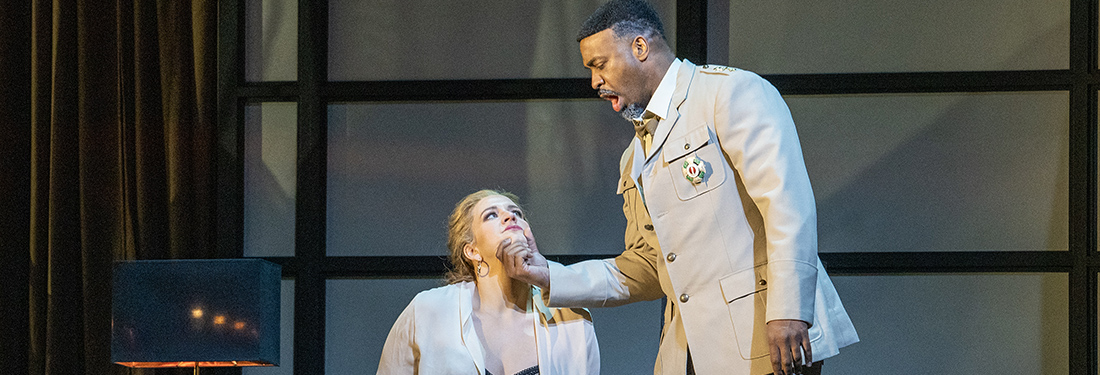

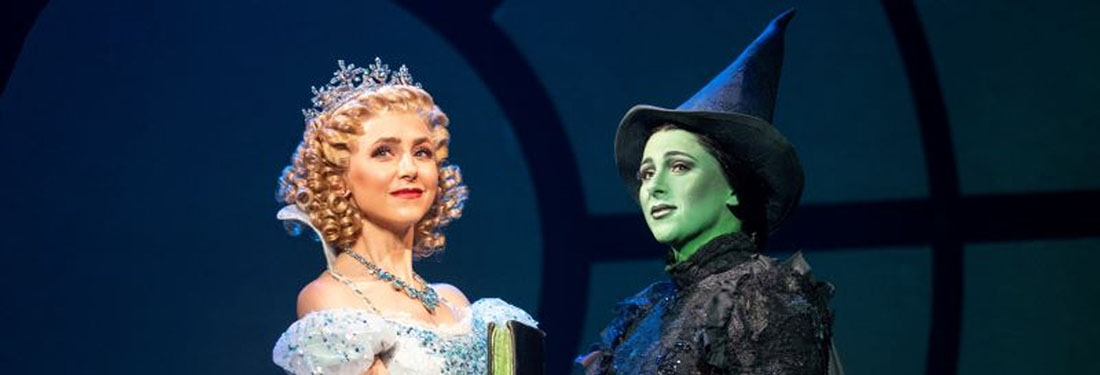
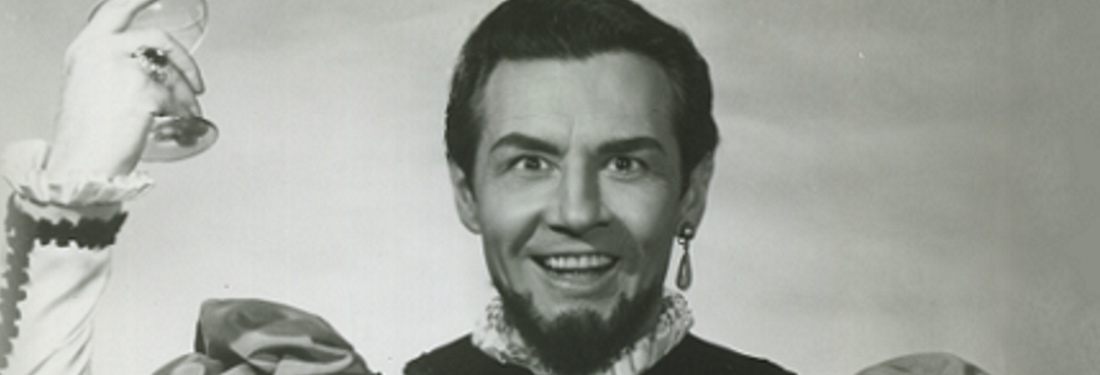














Comments